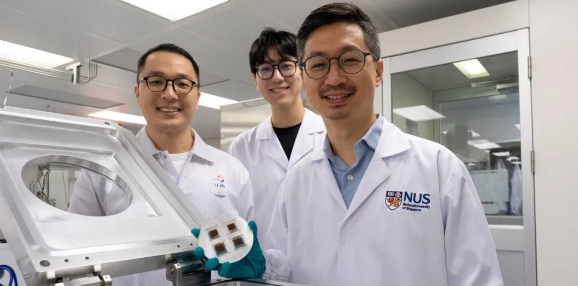The team of scientists from National University of Singapore recently made a major breakthrough in the field of perovskite solar cells.

Their designed perovskite solar cells achieved a world record efficiency of 24.35% in an active area of 1cm2, laying the commercial foundation for cheaper, more efficient, and more durable solar cells.
In addition, this milestone achievement has been included in the 2023 "Solar Cell Efficiency Table" (62nd edition). This research achievement is led by Assistant Professor Hou Yi of the National University of Singapore, and consists of scientists from the Department of Chemistry and Biomolecular Engineering of the School of Design and Engineering of the National University of Singapore and scientists from the Singapore Solar Energy Research Institute (SERIS).
In fact, perovskite, as an artificially synthesized material, was first attempted to be applied in the field of photovoltaic power generation in 2009. Due to its excellent performance, low cost, and huge commercial value, it subsequently shone brightly. Over the years, the world's top scientific research institutions and large multinational companies, such as Oxford University, the École Polytechnique Fédérale de Lausanne, Switzerland, Panasonic, Sharp and Toshiba, have invested a lot of manpower and material resources to achieve mass production as soon as possible.
However, overall, improving device stability, exploring new materials, and optimizing preparation processes will still be the main tasks for achieving long-term stable operation of battery devices in atmospheric environments in the next step.

